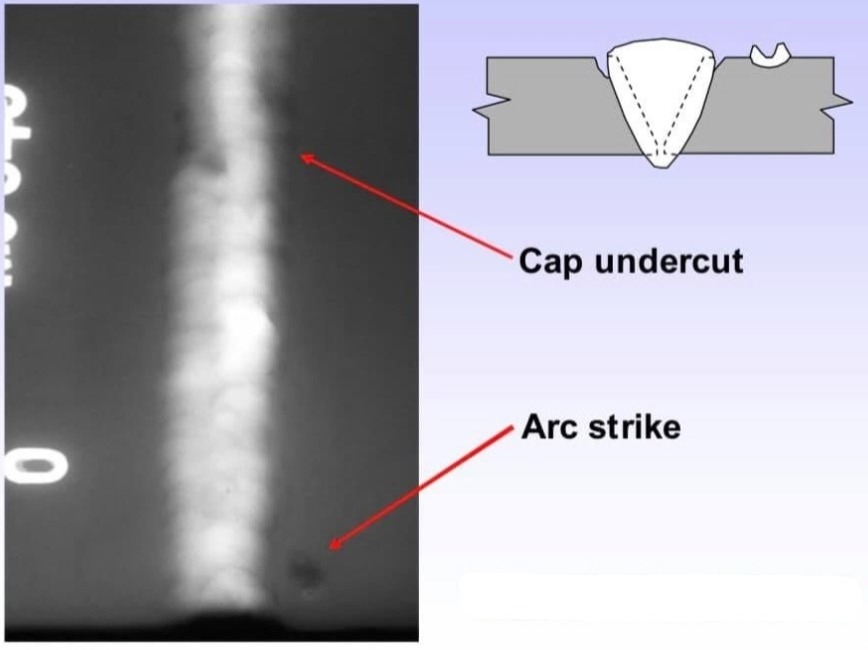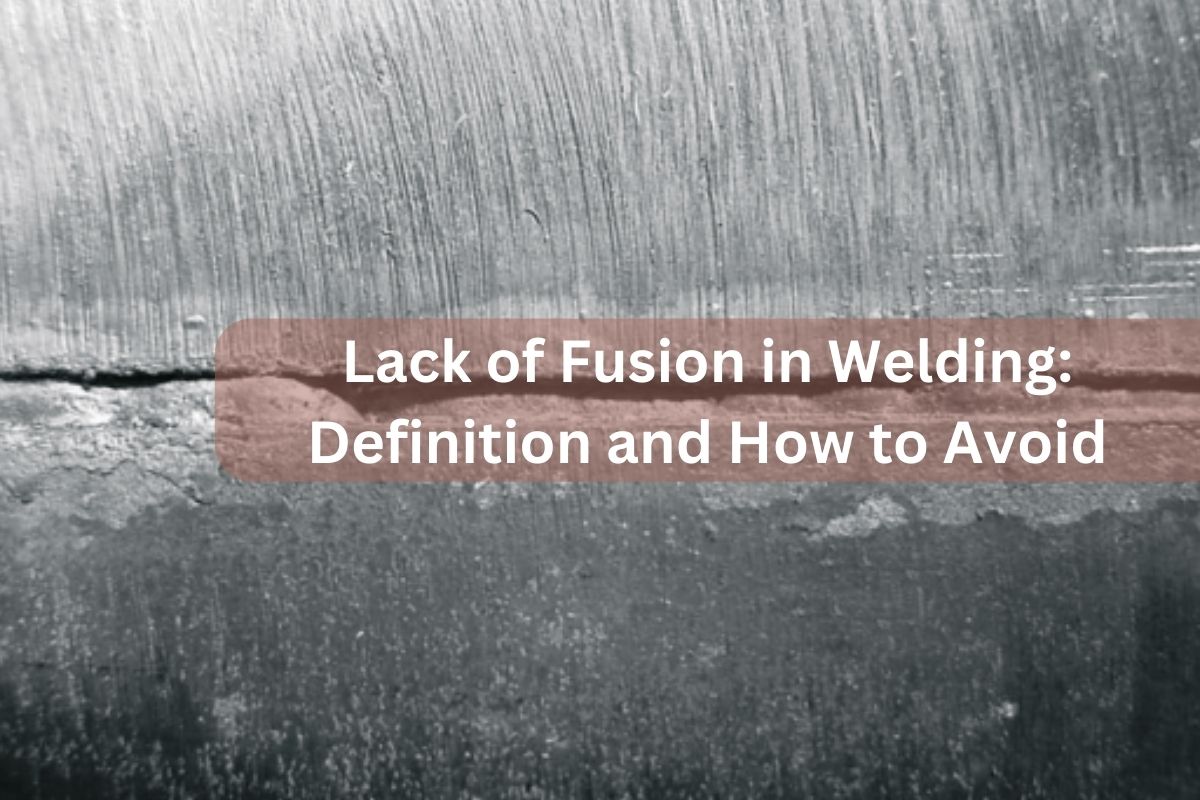Reliable Ways to Prevent Weld Undercut in Your Welding Tasks
Reliable Ways to Prevent Weld Undercut in Your Welding Tasks
Blog Article
A Comprehensive Overview to Identifying, Averting, and Mending Undercut Welding Issues in Your Welding Jobs
In the realm of welding, experiencing undercut issues is a common obstacle that can endanger the architectural stability and general quality of your welding projects. Comprehending the origin behind undercut welding, having the ability to properly identify it in your welds, and executing reliable preventative procedures are crucial abilities for any kind of welder. Additionally, having the knowledge and strategies to remedy undercut problems when they do take place can make a considerable difference in the last outcome of your welding undertakings. Remain tuned as we discover the necessary elements of recognizing, protecting against, and repairing undercut welding troubles, offering you with useful insights and approaches to raise your welding abilities to the next degree.
Typical Root Causes Of Undercut Welding
Undercut welding, an usual problem in welding procedures, can be triggered by different aspects that require to be very carefully determined and resolved to make sure the honesty of the weld joint. One of the key reasons of undercut welding is extreme warm input.
Another usual reason of undercut welding is improper welding method. Recognizing these origin triggers and implementing corrective measures is crucial in protecting against and remedying undercut welding problems in welding jobs.
Identifying Undercut in Welds

To identify undercut precisely, appropriate illumination and zoom devices are important to inspect the weld joint thoroughly. Making use of devices such as a welding scale or a magnifying glass can assist in detecting even the tiniest undercut imperfections. Additionally, running a finger or a finger nail along the weld joint can occasionally disclose undercut, as the surface area might really feel unequal or have a dip where the undercut exists.
Precautionary Steps for Undercut
Having a deep understanding of the reasons for undercut in welds enables for the application of effective safety nets to keep weld top quality and stability. One vital precautionary step appertains weld joint preparation. Making certain that the sides are clean, free of impurities, and appropriately beveled can substantially decrease the likelihood of undercut (Preventing weld undercut). In addition, choosing the appropriate welding criteria, such as voltage, present, and travel rate, is vital. These settings must be enhanced to stop too much warm input, which can lead to damage formation.

Methods for Repairing Undercut

To resolve undercut problems effectively, welders can use particular techniques focused on Related Site correcting the issue and bring back the integrity of the weld joint. One method is to adjust the welding criteria, such as the voltage, current, and take a trip speed, to make certain proper warmth input and fusion. Raising the welding present or lowering the travel rate can assist load in the undercut. Additionally, transforming the welding technique from a push to a drag or the other way around can likewise aid reduce undercut.
Another method is to utilize a weaving movement while welding to ensure appropriate sidewall blend and fill in the click here for more info undercut. By oscillating the welding arc from side to side within the weld joint, the welder can deposit a lot more filler material into the undercut areas, properly eliminating the problem.
In addition, grinding out the undercut and rewelding the joint can be a practical option for extra severe undercut problems - Preventing weld undercut. This procedure entails removing the undercut section, preparing the base metal, and afterwards rewelding the joint with correct welding parameters and methods to stop undercut from returning

Professional Tips for Preventing Undercut
Using correct welding techniques and preserving control over vital welding parameters are vital strategies for welders aiming to stop undercut in their weld joints. In addition, selecting the suitable welding procedure and filler steel for the details application can help avoid undercut. Preserving a regular traveling rate throughout the welding process is another vital idea to protect against undercut.
Final Thought
Finally, recognizing, preventing, and repairing undercut welding issues in your welding jobs is critical for making certain resilient and strong welds. Preventing weld undercut. By recognizing the typical sources of undercut, having the ability to recognize it in welds, applying preventative measures, and making use of correct strategies for dealing with undercut, you can avoid potential issues and create high-quality welds. Following expert pointers for staying clear of undercut can aid you boost your welding skills and create better results in your projects
Undercut welding, an usual concern in welding processes, can be triggered by different elements that need to More Bonuses be thoroughly determined and resolved to make sure the honesty of the weld joint. In addition, running a finger or a fingernail along the weld joint can sometimes reveal undercut, as the surface might really feel unequal or have a dip where the undercut exists.
Using appropriate welding strategies and preserving control over essential welding parameters are essential strategies for welders intending to stop undercut in their weld joints.In conclusion, recognizing, stopping, and fixing undercut welding troubles in your welding jobs is important for guaranteeing solid and sturdy welds. By comprehending the usual causes of undercut, being able to recognize it in welds, carrying out preventive procedures, and utilizing correct techniques for dealing with undercut, you can avoid prospective issues and produce top quality welds.
Report this page